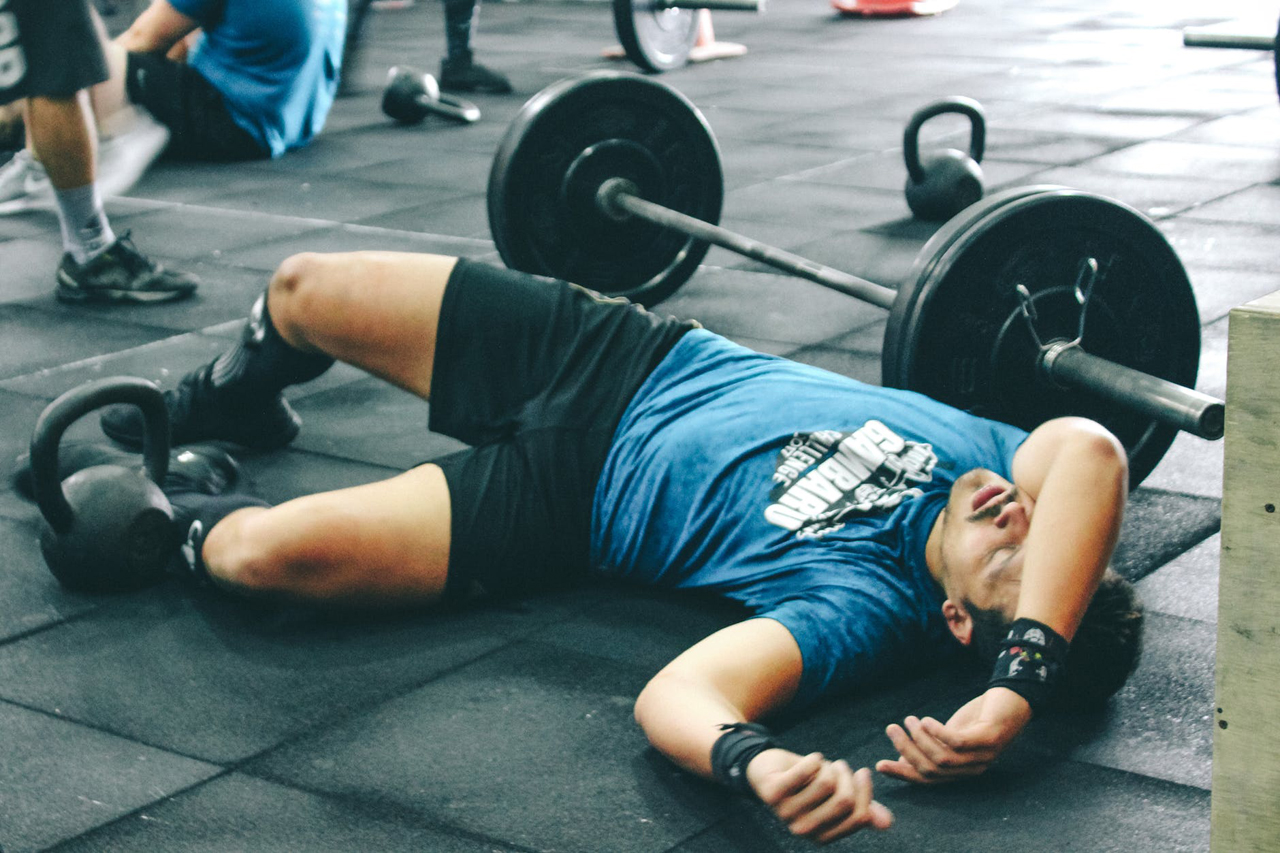
You know that feeling after a workout when you complete a brutal lower body and start to walk down the stairs and you look like Bambi on ice skates. The ability to bend your knee is severely compromised and you decide grabbing the rail is your best option.
Your assumption may be that this level of soreness is a great indication of the progress you are making. If you’re not sore, then you’re not working hard right?
Well, science is a bit more complicated.
This will be the “densest” article I have written to date. I think science is good to understand the process of cellular muscle repair and why you may feel sorer 3 days after a workout. Hint: it’s due to delayed onset muscle soreness (DOMS).
To start let’s take an overlook of the process of exercise-induced muscle damage
- Unaccustomed exercise (muscle group, exercise selection, intensity duration, etc..)
- Initial “mechanical” damage (primary damage)
- Inflammation/degeneration damage (secondary damage) – DOMS
- Regeneration/repair
- Recovery

When you perform an accustom exercise, the exercise (workout) produces damage inside the muscle cell itself. Which include damage to:
- Sarcolemma – can be observed immediately; put exercise and damage increasing up to 3 days post-exercise
- Proteins that join cytoskeleton to the sarcolemma
- Sarcoplasmic reticulum
- Z-disks which result in disorganization of sarcomeres
- Excitation-Contraction Coupling are most disruptive immediately post exercise – inorganic phosphate; not allowing calcium to be released and you will notice a big drop in force production due to this impairment!
The bigger the damage the bigger the immune response and the bigger the secondary damage- inflammation response. This process promotes the clearance of damaged tissue. In the first 1-12 hours post-exercise, there is are circulating neutrophils and monocytes/macrophages within the 1-3 days. These compounds enter the injury site and phagocytize damaged tissue releasing cytotoxic factors. It results in inflammation and explains why you may feel sorer 2-3 days after you exercise.

“There are convincing data to suggest that exercise-induced muscle damage is associated with the primary phase and further exacerbated by the secondary phase; although the extent to which each is responsible remains debatable.” – Howatson G, Sports Med 2008
The factors affecting the extent of muscle damage and soreness
- Contraction type – eccentric damage results in greater damage
- Amount of exercise – greater volume (regardless of load used) results in similar damage
- Muscle length – exercise at longer lengths result in longer damage
- Fiber type – Type II fibers are more prone to damage
During regeneration and recovery, your muscle cells adapt. You are substantial less sore when you attempt the same unaccustomed exercise (or workout) after you have fully recovered from the first bout. It is amazing that your body has the systems and abilities to make adaptations that quickly. Within a couple of days, you can do the exact same thing that caused a whole lot of soreness. Then you have a completely different healing process the second time around.
So all this is to say, “no pain, no gain” isn’t factual. The fact that you are not sore actually shows improvement!



